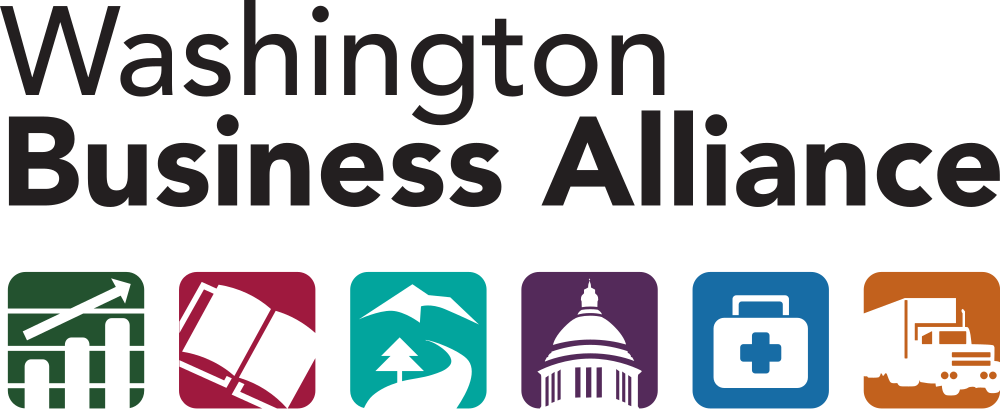This lake is valuable for more than recreation, though. It is home to habitat and 23 sub-watersheds that all feed into Whatcom Creek and Bellingham Bay. It is also the source of drinking water for over 100,000 Whatcom County residents. With so many uses and high demands, water quality is poor. Phosphorus levels are high, and dissolved oxygen is low. The Department of Ecology says that it needs to be fixed. Careful planning and thoughtful collaborations have been underway since 1992 with the Lake Whatcom Cooperative Management group that includes key stakeholders such as the City of Bellingham, Whatcom County and the Lake Whatcom Water and Sewer District.
Their work has resulted in thousands of acres held in preservation, dozens of stormwater retrofits, community education and outreach. These and other efforts have made a meaningful impact, but it’s not enough.
New development always raises environmental quality concerns, but it can be controlled with regulation and best practices. It is the huge amount of existing development that presents an even larger challenge.
With the help of a Department of Ecology Water Quality Financial Assistance Grant, the City of Bellingham and Whatcom County designed an innovative approach to help homeowners retrofit their properties. The retrofits allow for increased stormwater infiltration and reduced pollution discharge. This Homeowner Incentive Program (HIP), has been a huge success.
- Rose Lathrop, Green Building & Smart Growth Program Manager at Sustainable Connections
Homeowner Incentive Program
What better way to encourage homeowners to retrofit their property than to give them free on-site consultations, project design, permitting assistance, and reimbursement for retrofit-related goods and services?
Homeowners can be reimbursed between $1,000 and $6,000, depending on the percentage of runoff that is managed. If the project manages 10 to 30 percent of the lot’s runoff, the homeowner is eligible to receive $1,000. For every percentage point managed above 30 percent, they receive an additional $80, up to $6,000 in all.
Project examples include riparian plantings, impervious surface removal, lawn removal and replacement, phosphorus limiting rain gardens, infiltration trenches and permeable paving materials.
In its third year, the HIP program has successfully retrofitted 96 properties utilizing 216 Best Management Practices (BMPs) and removing 11.33 pounds of phosphorus a year.
Is 11.33 pounds of phosphorus a big deal? Yes! One pound of phosphorus equals 300 to 500 pounds of algae, which consume dissolved oxygen and starves the lake. This is also equivalent to 10.84 acres of development mitigated per year. With three months left of the building season, it is anticipated these numbers will continue to grow, out pacing the previous two years. At the onset, homeowners and landscape professionals weren’t even aware of HIP.
The benefits of low impact development (LID) retrofits were generally not evident to the average homeowner, so they needed guidance to understand the goals and process of the HIP. The construction process for LID projects can be more specialized than is typical, therefore contractors without LID experience needed technical training and guidance to understand the goals and expected outcomes of HIP.
To ensure that projects are completed on time and within budget, HIP organizers decided to provide homeowners with the following:
1) Helpful information and education
2) Knowledgeable experts
3) Empowerment to manage their own projects
4) Technical and financial assistance
Sustainable Connections, a local business membership organization, was quickly identified as the perfect partner to perform some much-needed outreach about HIP to the community of landscape professionals and local retailers. Through targeted LID trainings and marketing opportunities, local businesses became prepared to help homeowners implement any number of best practices.
To help homeowners and landscape professionals identify these knowledgeable businesses, Sustainable Connections developed the Whatcom County LID Resource Guide. The Homeowner Incentive Program is reaching the end of its grant funding and will close out at the end of this year. So far, $338,810 has been reported for reimbursement to homeowners who bought stormwater management retrofit goods and services from 127 local businesses through HIP.
It will be up to the Lake Whatcom Cooperative Management team to identify staff resources and funding to keep HIPand help watershed residents make their properties lake-friendly, reduce runoff and improve water quality. In the meantime, I will continue to point out this beautiful resource to the kids, explain what it provides, and give kudos to the homeowners making meaningful changes.
- Phosphorus turns lakes and rivers green, stimulating growth of algae, crowding out other water plants, and reducing oxygen available to fish. The result is unattractive, foul-smelling water that is bad for fish, wildlife, and humans. Image credit: Larson Companies, Inc.
* Editor’s Note: This is a guest authored piece and does not necessarily reflect the views of the Washington Business Alliance.
The Washington Business Alliance frequently features guest authored content on our blog Catalyst. If you would like to become a featured guest author, guidelines and information can be found in the post “Contribute To This Blog: Here’s How”.
